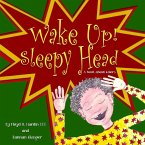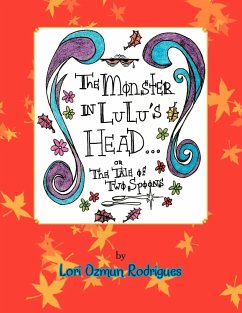"The A Head Start on Life Science lessons are written to help adults facilitate young children's learning as they work as partners in exploring the natural world. The lessons were designed for developmentally appropriate use in early childhood education settings. Inspired by and adapted from the activities in NSTA's A Head Start on Science: Encouraging a Sense of Wonder (edited by the founder of our project, William Ritz,) each lesson has as its basis active, hands-on involvement of children and focuses not on teaching children "science facts," but rather on nurturing children's innate curiosity about the natural world and encouraging children to make discoveries on their own. Teachers familiar with the activities in the original book will find the lessons here as useful models for expanding science activities into integrated, inquiry lessons. The lessons are intended to help teachers to expand children's thinking in an area of interest and are designed to help teachers to come to understand a method for sequencing learning opportunities that promotes understanding."
Hinweis: Dieser Artikel kann nur an eine deutsche Lieferadresse ausgeliefert werden.
Hinweis: Dieser Artikel kann nur an eine deutsche Lieferadresse ausgeliefert werden.








